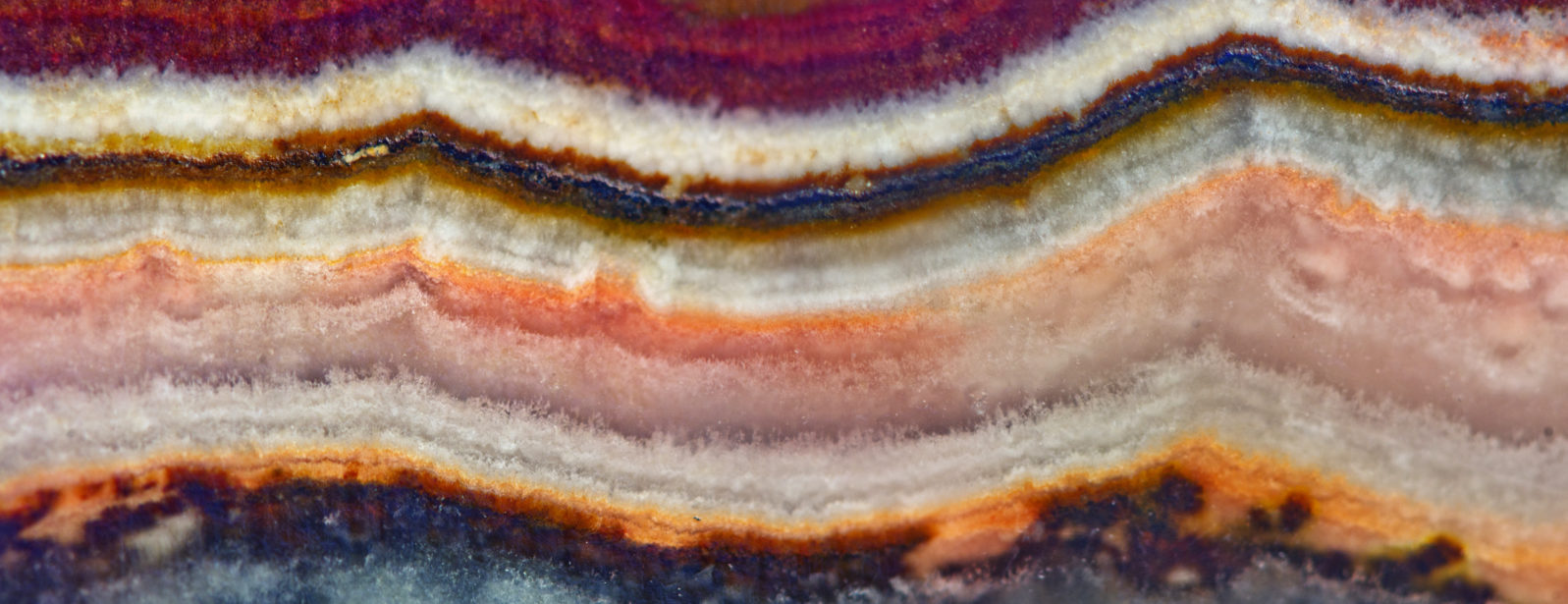Exoplanets: Life Forms Made One Third of Earth’s Minerals
Researchers hope detection of such minerals on exoplanets can narrow the search for lifeRecent work on how minerals form may help determine which planets are more likely to be habitable or inhabited. One-third of minerals — chemical solids whose atoms are highly ordered — are created directly or indirectly by life forms, says Carnegie geologist Robert Hazen:
“One third of Earth’s minerals could not have formed without biology — shells and bones and teeth, or microbes, for example, or the vital indirect role of biology, such as by creating an oxygen-rich atmosphere that led to 2,000 minerals that wouldn’t have formed otherwise.”
Carnegie Institution for Science, “Crushed, zapped, boiled, baked and more: Nature used 57 recipes to create Earth’s 10,500-plus ‘mineral kinds’” at ScienceDaily Both papers, here and here, require a fee or subscription. (July 1, 2022)
About 80% of minerals’ formation, by the researchers’ count, is mediated by water. The fact that Earth has water, says Dr. Hazen, is why Earth has so many more mineral species than the Moon, Mercury, or Mars.
Another of the researchers’ findings is that many minerals come into existence by a number of different processes, not just one:
Of the 5,659 recognized mineral species surveyed by Hazen and colleagues, nine came into being via 15 or more different physical, chemical and/or biological processes — everything from near-instantaneous formation by lightning or meteor strikes, to changes caused by water-rock interactions or transformations at high pressures and temperature spanning hundreds of millions of years.
And, as if to show she has a sense of humor, Nature has used 21 different ways over the last 4.5 billion years to create pyrite (aka Fool’s Gold) — the mineral world’s champion of diverse origins. Pyrite forms at high temperature and low, with and without water, with the help of microbes and in harsh environments where life plays no role whatsoever.
Carnegie Institution for Science, “Crushed, zapped, boiled, baked and more: Nature used 57 recipes to create Earth’s 10,500-plus ‘mineral kinds’” at ScienceDaily Both papers, here and here, require a fee or subscription. (July 1, 2022)
Some other of their findings include:
Of known minerals, 296 known are thought to pre-date Earth’s formation. Of these, 97 are known only from meteorites, the oldest of which are 7 billion years old — much older than our solar system at about 4.2 billion years old. Human activities have created more than 600 minerals; over 500 derive from mining — including 234 which were formed by coal mine fires.
So how will this help us find life on exoplanets?: Just for example, There are at least 77 biominerals (they originate directly in the processes of life forms). The detection of such minerals’ chemical signatures on an exoplanet or exomoon would be a biosignature — evidence of life forms, past or present:
Hazen believes that the new taxonomy might even help with detecting life on planets around distant stars. Light from exoplanets detected by the James Webb Space Telescope and other sophisticated instruments could be analyzed to determine the chemical composition of their atmospheres; based on the measurable oxygen content, the presence or absence of water vapor, relative carbon concentrations and other data, researchers could try to predict what kinds of minerals would be likely to form from light-years away.
Joanna Thompson, “Life Helps Make Almost Half of All Minerals on Earth” at Quanta (July 1, 2022)
Getting there to do further research is a different problem entirely — but exoplanets with minerals associated with life would be the ones to pay the most attention to:
Hazen and his co-researcher Shaunna Morrison are hopeful: “If life is ‘a cosmic imperative that emerges on any mineral- and water-rich world,’ the authors say, ‘then these findings support the hypothesis that life on Earth ?emerged rapidly, in concert with a vibrant, diverse Mineral Kingdom, in the earliest stages of planetary evolution.’”
You may also wish to read: Earth’s weirdest life forms show that ET life is possible. Whether it’s living in boiling water, breathing sulfur, or eating radium, we’ve found life forms that do just that right here on Earth. Many life forms eat and breathe things we used to think were lethal. Life seems to want to come into existence any way it can.
